The Pamiri People of Tajikistan
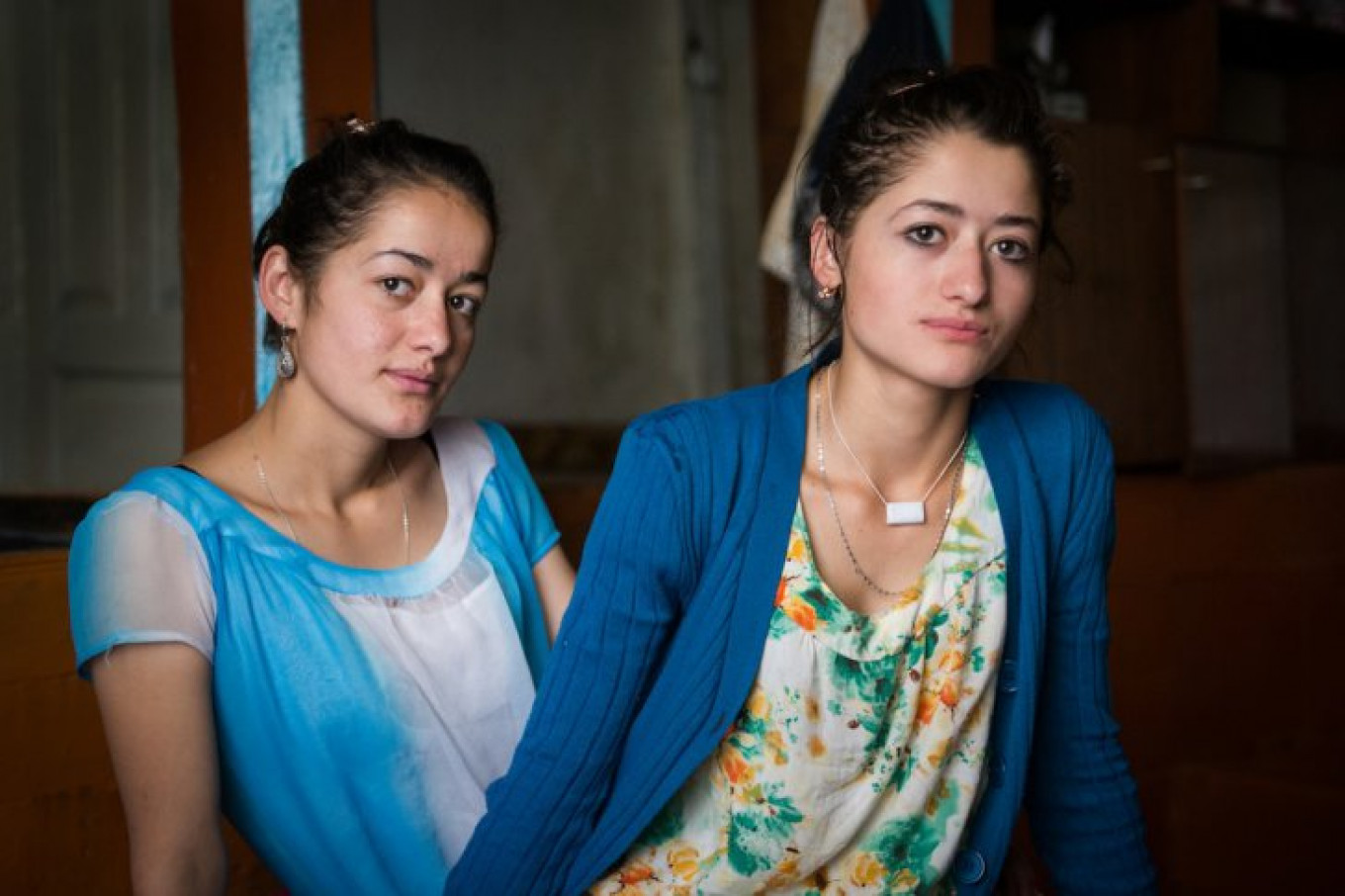
Dilangez, 18 (L), and Farangez, 21, are Pamiri sisters. There are more than 100,000 Pamiris living in Tajikistan's autonomous Province of Gorno-Badakhshan.
Tajikistan is an unsung region in Central Asia, situated between China and Afghanistan. Amongst the breath-taking high summits, valley oases and the high plateau of Pamir live a people that have succeeded in preserving their long-lasting traditions and their unfailing sense of hospitality.
The Pamiri people, who are also known as "Mountain Tajiks," speak ancient Indo-European languages and practice a moderate form of Islam called Ismailism.
Photos and text by Nicolas Pernot
www.nicolaspernot.com
www.facebook.com/NicolasPernotPhotographie
Tajikistan is an unsung region in Central Asia, situated between China and Afghanistan. Amongst the breath-taking high summits, valley oases and the high plateau of Pamir live a people that have succeeded in preserving their long-lasting traditions and their unfailing sense of hospitality.
The Pamiri people, who are also known as "Mountain Tajiks," speak ancient Indo-European languages and practice a moderate form of Islam called Ismailism.
Photos and text by Nicolas Pernot
www.nicolaspernot.com
www.facebook.com/NicolasPernotPhotographie
Nicolas Pernot / www.nicolaspernot.com
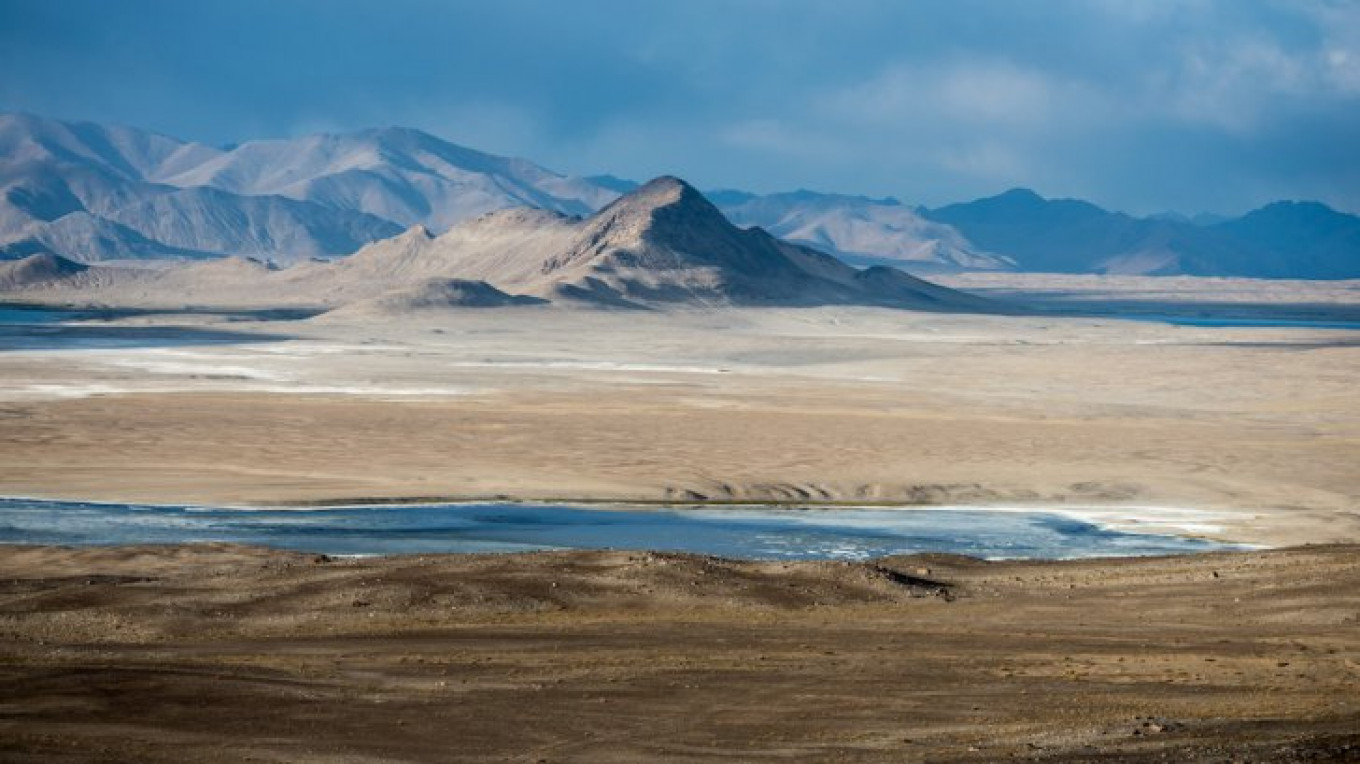
The Pamir mountains, located at the crossroads of the Himalayas and Hindu Kush, are also known as "the Roof of the World."
The very high altitude, low rainfall and great differences in temperature make the Pamir mountains one of the most remote and extreme regions on the planet. Winter never seems to end here, with its temperature of near minus 40 degrees Celsius.
Pictured is a salt lake on Alichur plateau, 3,820 metres above sea level.
The very high altitude, low rainfall and great differences in temperature make the Pamir mountains one of the most remote and extreme regions on the planet. Winter never seems to end here, with its temperature of near minus 40 degrees Celsius.
Pictured is a salt lake on Alichur plateau, 3,820 metres above sea level.
Nicolas Pernot / www.nicolaspernot.com
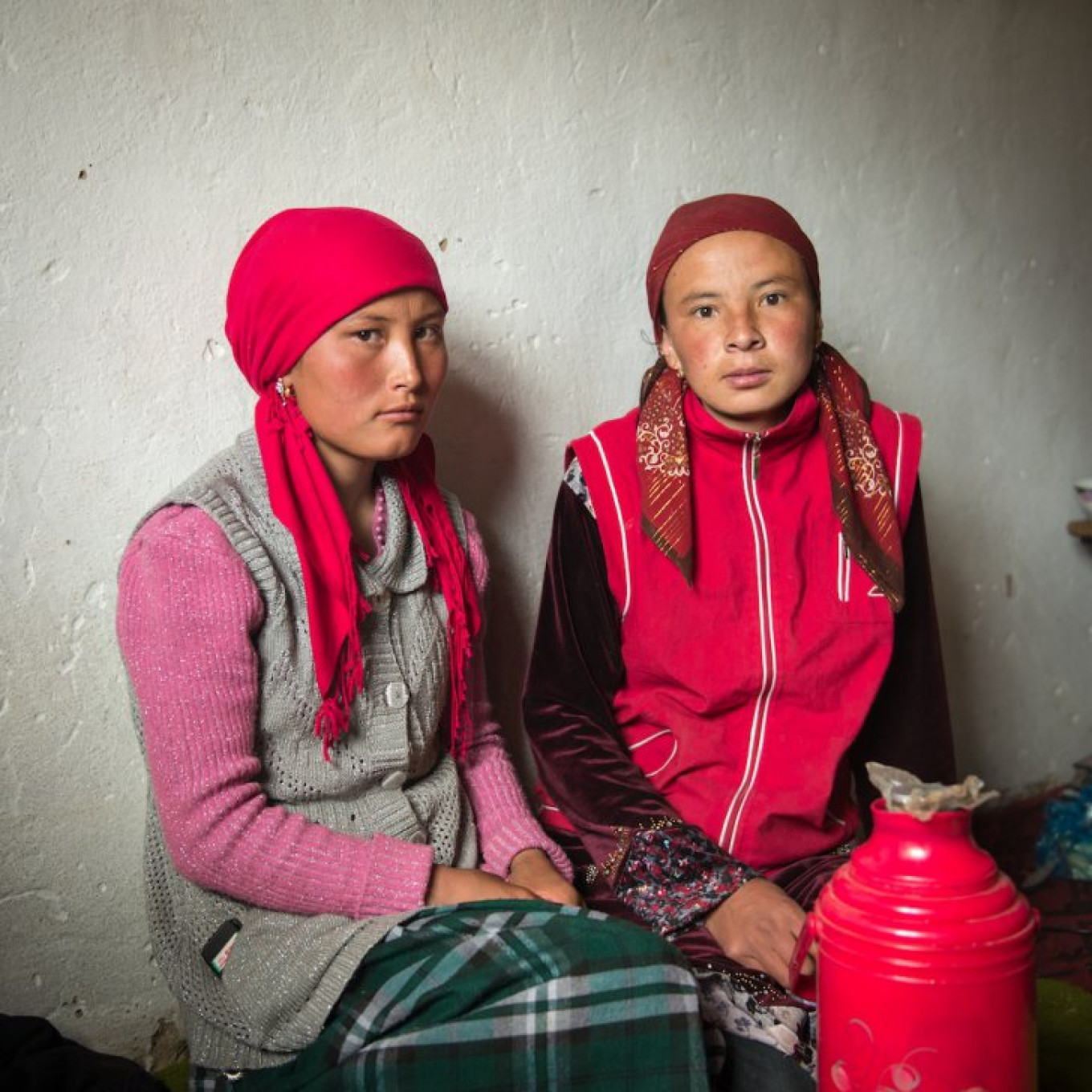
Two Kyrgyz sisters living in Shaimak, one of the most remote villages of the Pamirs. There are hardly any working cars in the village and no electricity ?€” other than few small solar panels. Despite this, almost everyone has a cell phone.
Nicolas Pernot / www.nicolaspernot.com
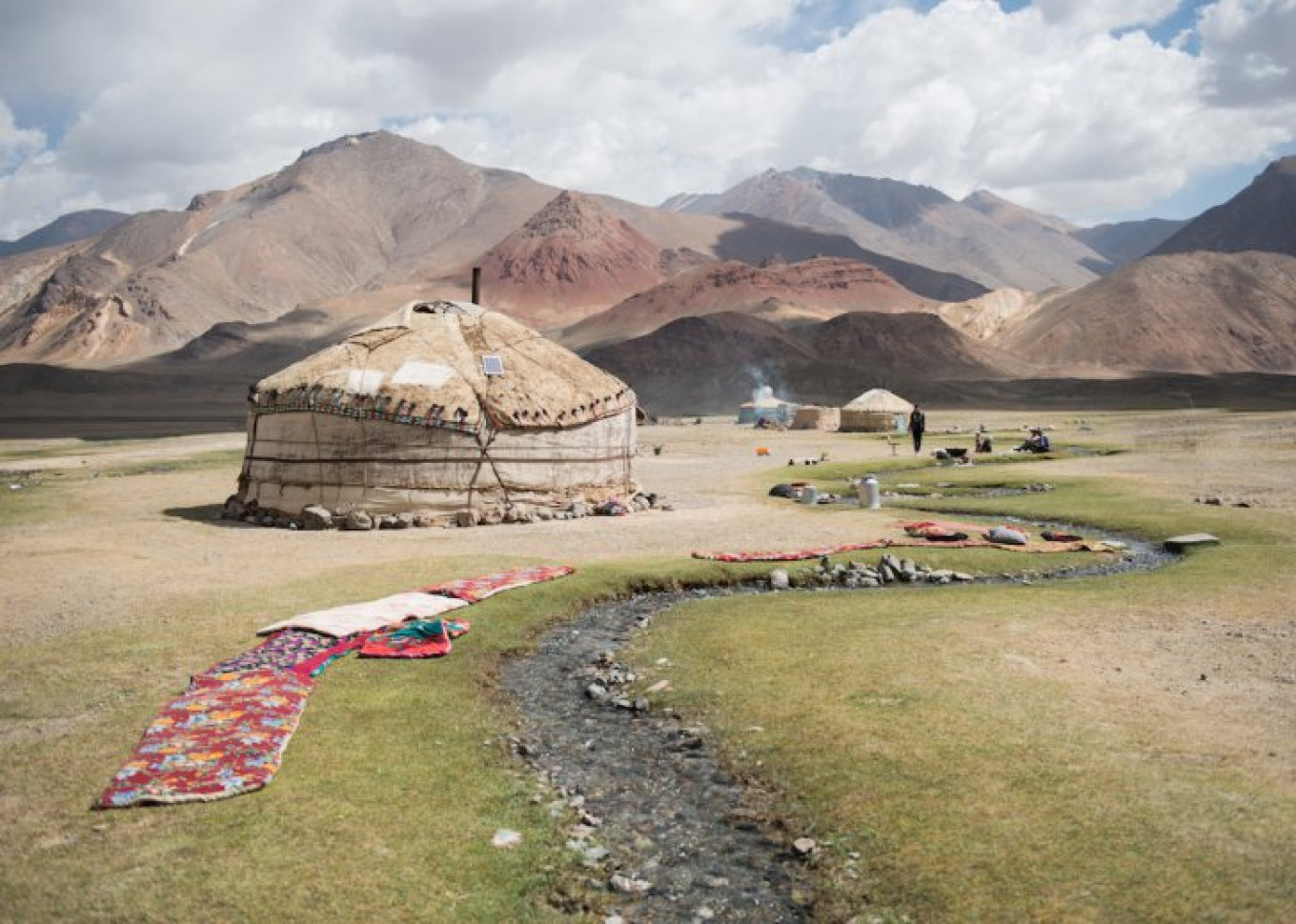
The Pshart Valley where five Kyrgyz families spend three months during summer to be close to pasture for their grazing herds of yacks and sheep.
Nicolas Pernot / www.nicolaspernot.com
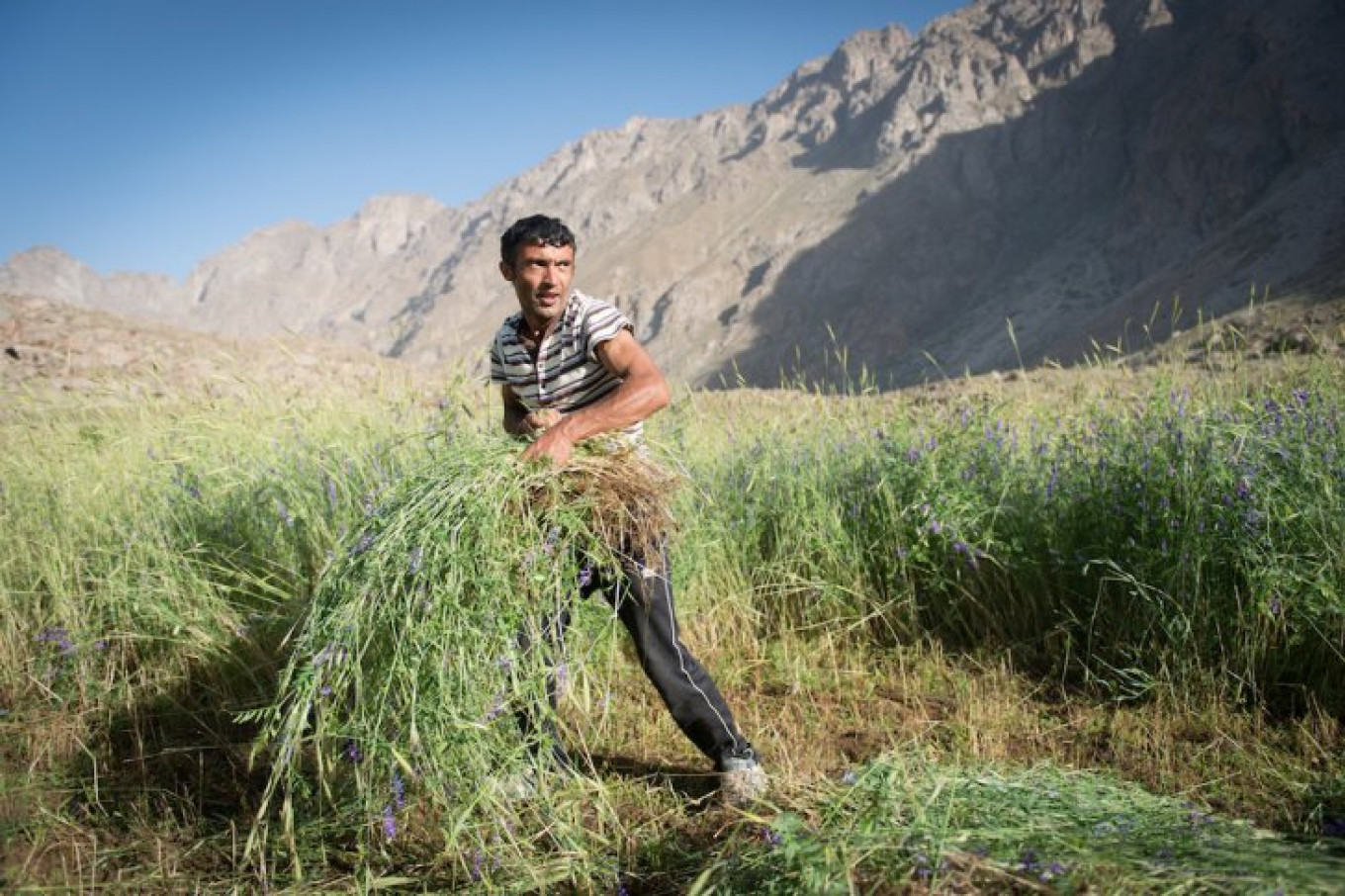
Summer pastures above Shidz village. Rashid cuts the grass that will feed his cows and sheep all through the winter.
Nicolas Pernot / www.nicolaspernot.com
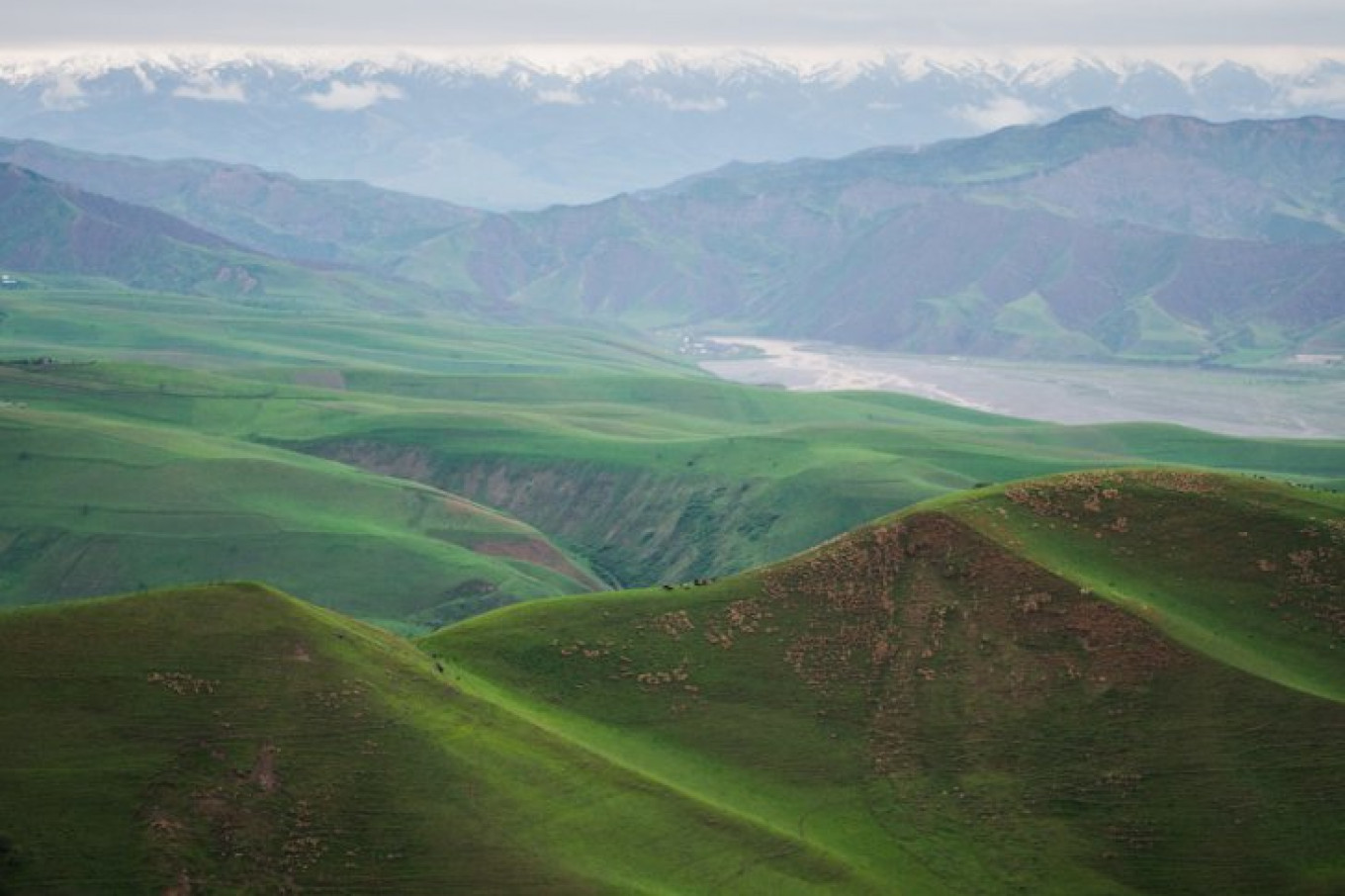
The Khovalin Valley, in West Tajikistan, after a very rainy day in April.
Nicolas Pernot / www.nicolaspernot.com
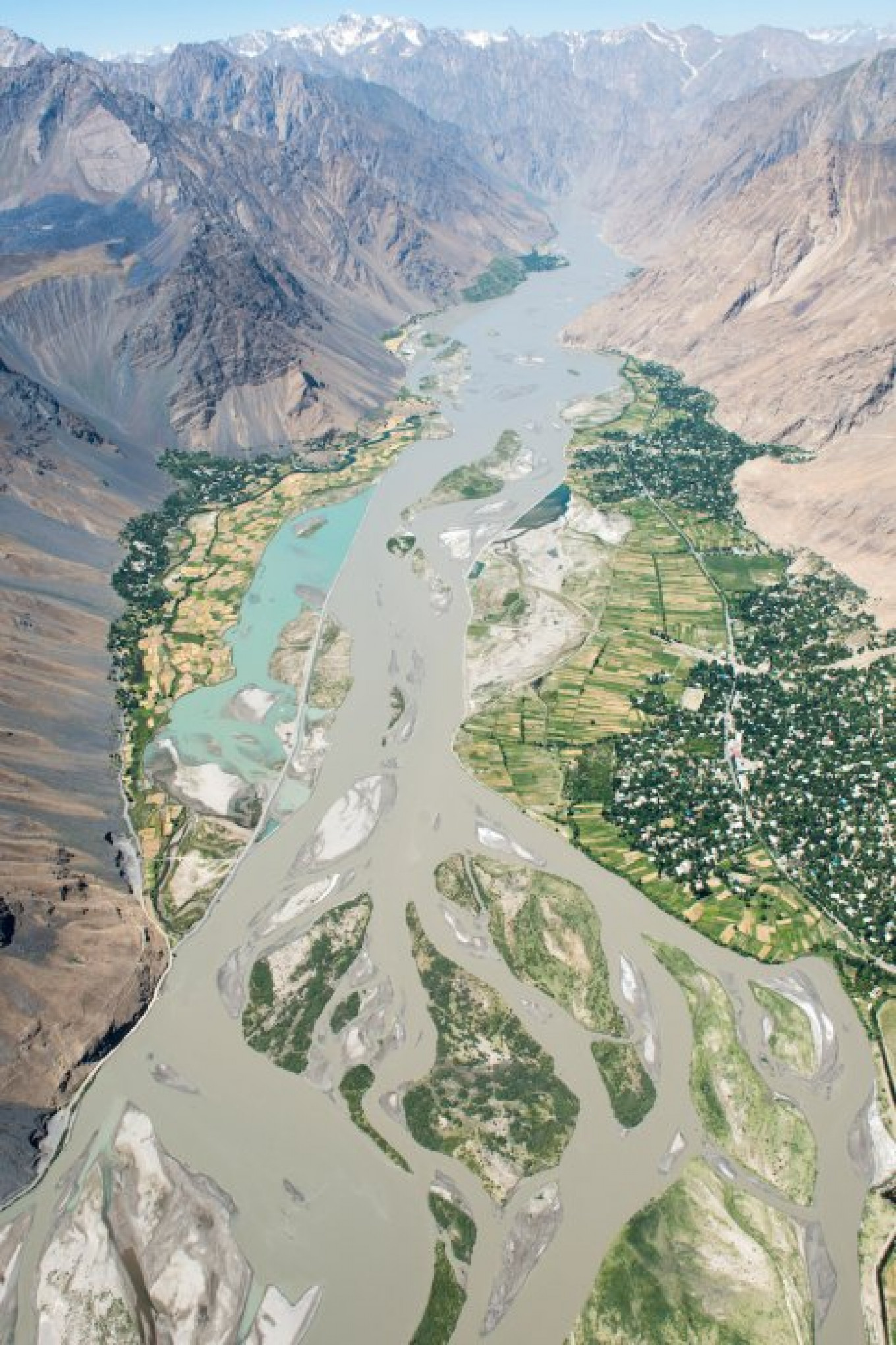
The river Panj marks the Afghan border along hundreds of kilometers. It then becomes the Amu Darya river, irrigating the cotton fields, and dries up before it reaches the Aral sea.
Nicolas Pernot / www.nicolaspernot.com
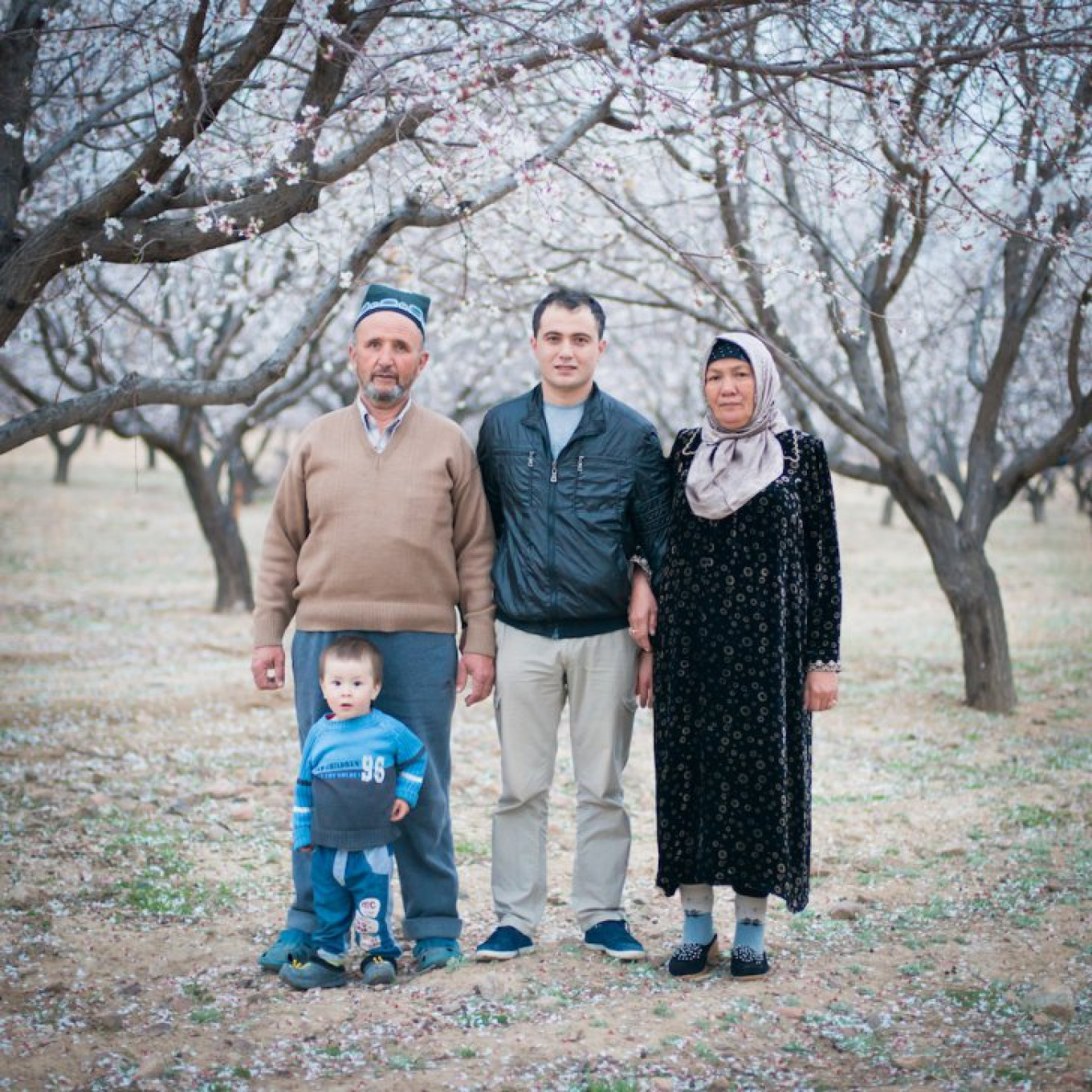
A Tajik family posing in front of of blossoming apricot trees.
Nicolas Pernot / www.nicolaspernot.com
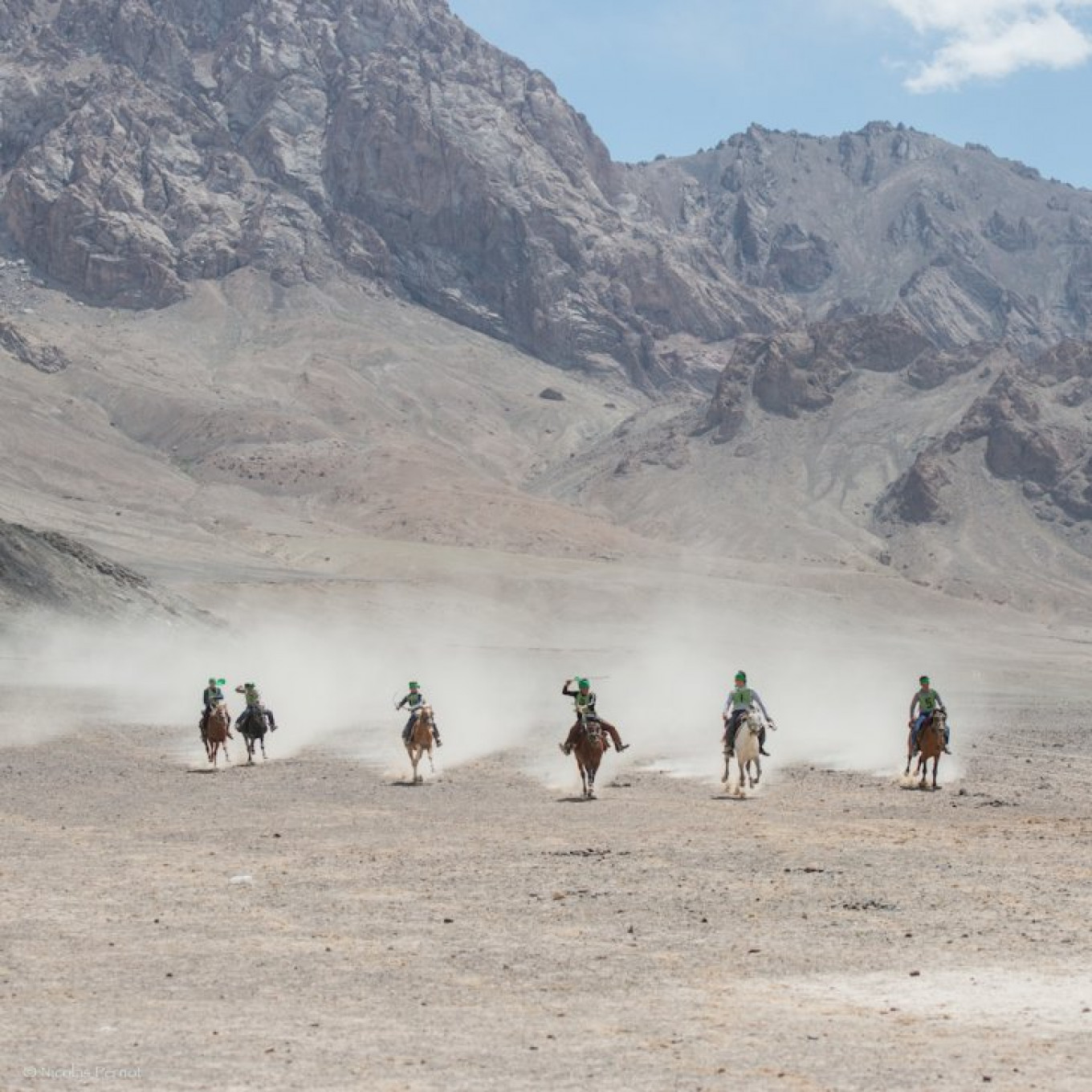
Kyrgyz riding their horses near Murghab, a major town of the Gorno-Badakhshan autonomous region where the Pamir highway crosses by. The highway is the main supply route to the region.
Nicolas Pernot / www.nicolaspernot.com
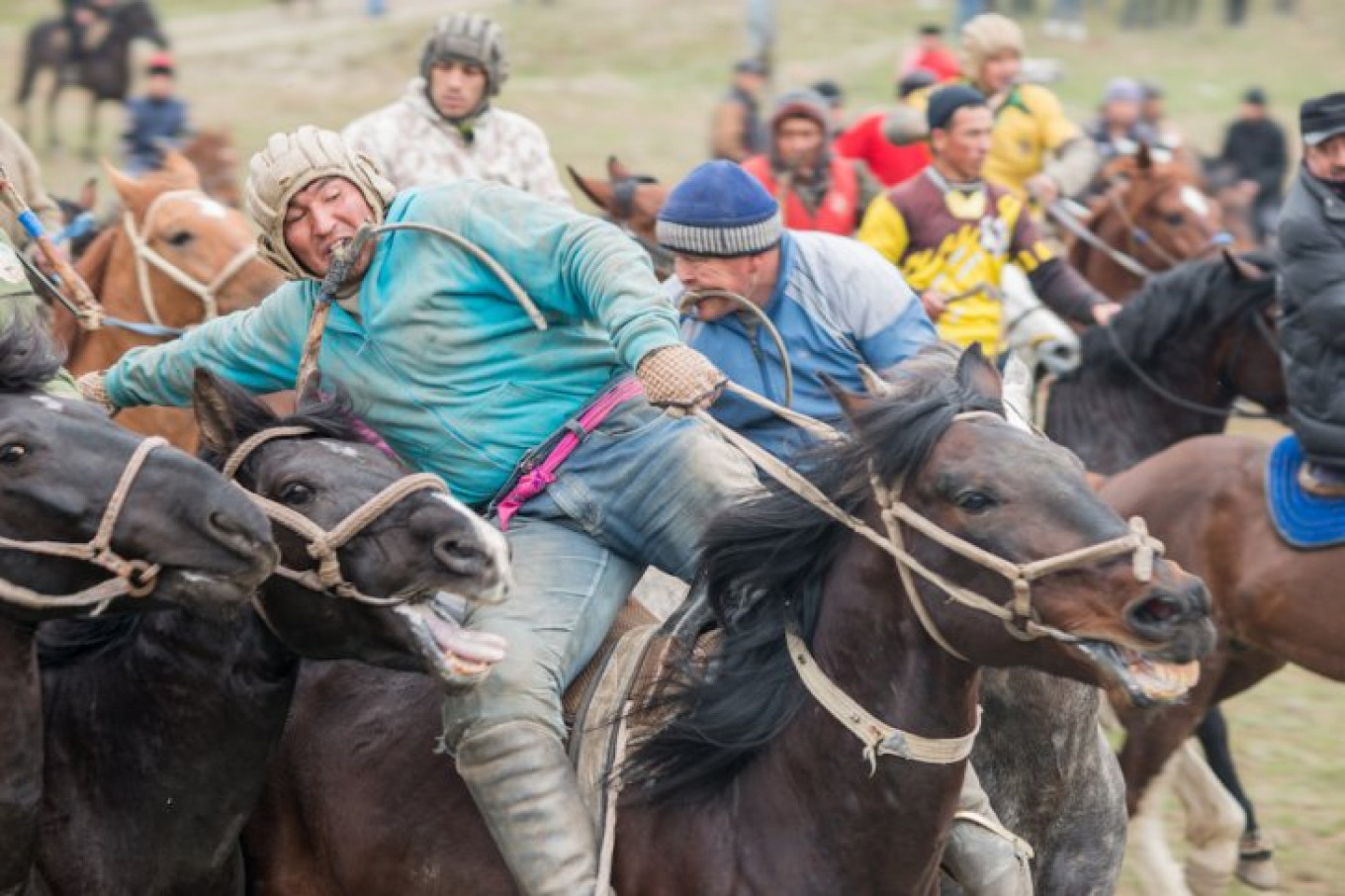
Buzkachi ?€” or "catch the goat" ?€” is probably the most brutal of equestrian sports. The riders, sporting helmets from the Soviet army, must lift a decapitated goat carcass and ride across the playing field to set it down at the other end. This game, halfway between rugby and polo, is widespread throughout most of Central Asia.
Nicolas Pernot / www.nicolaspernot.com
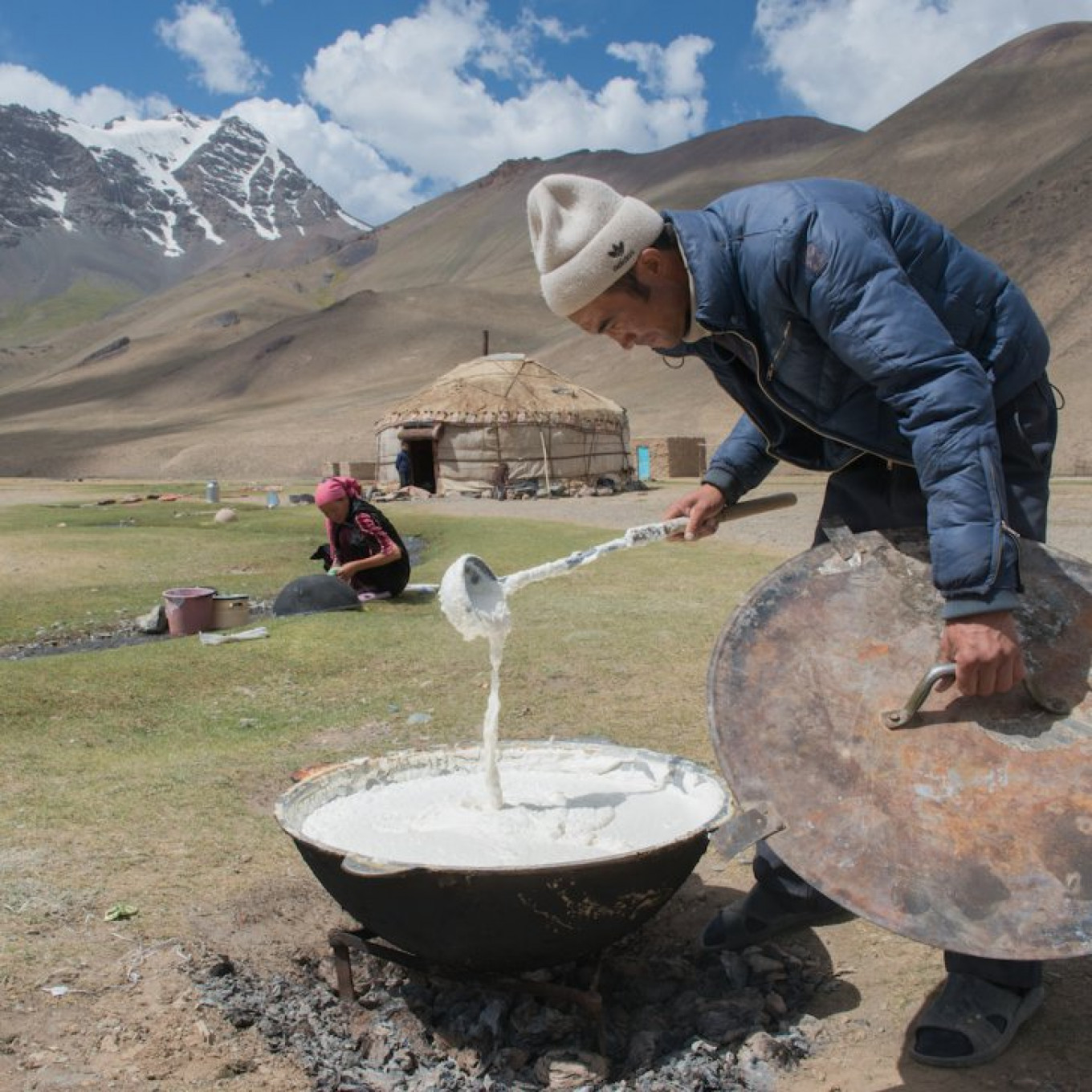
A man preparing kurut, a traditional Kyrgyz cheese.
Nicolas Pernot / www.nicolaspernot.com
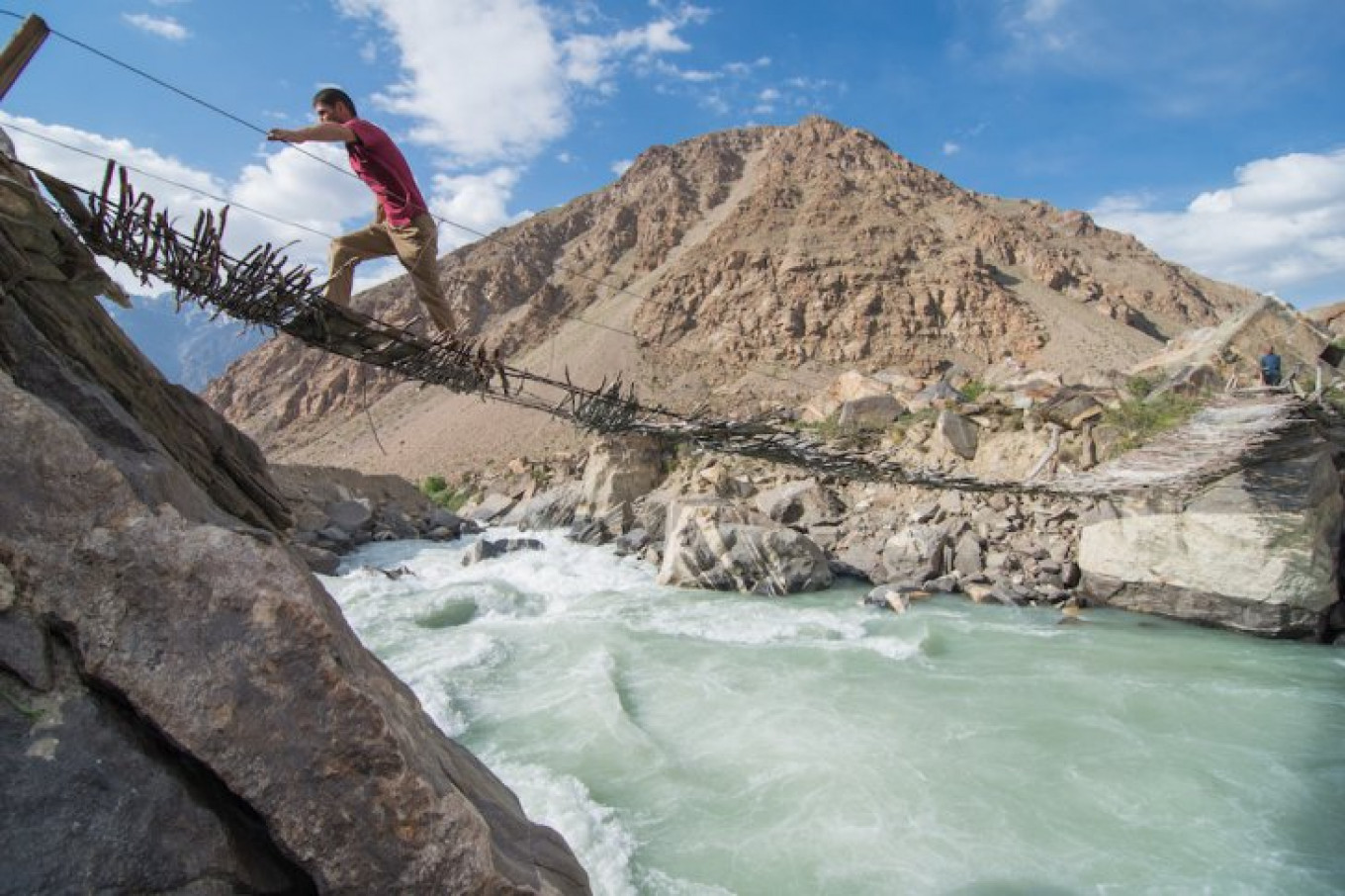
Fragile footbridges are the only way to cross streams and rivers for the inhabitants of many villages.
Nicolas Pernot / www.nicolaspernot.com
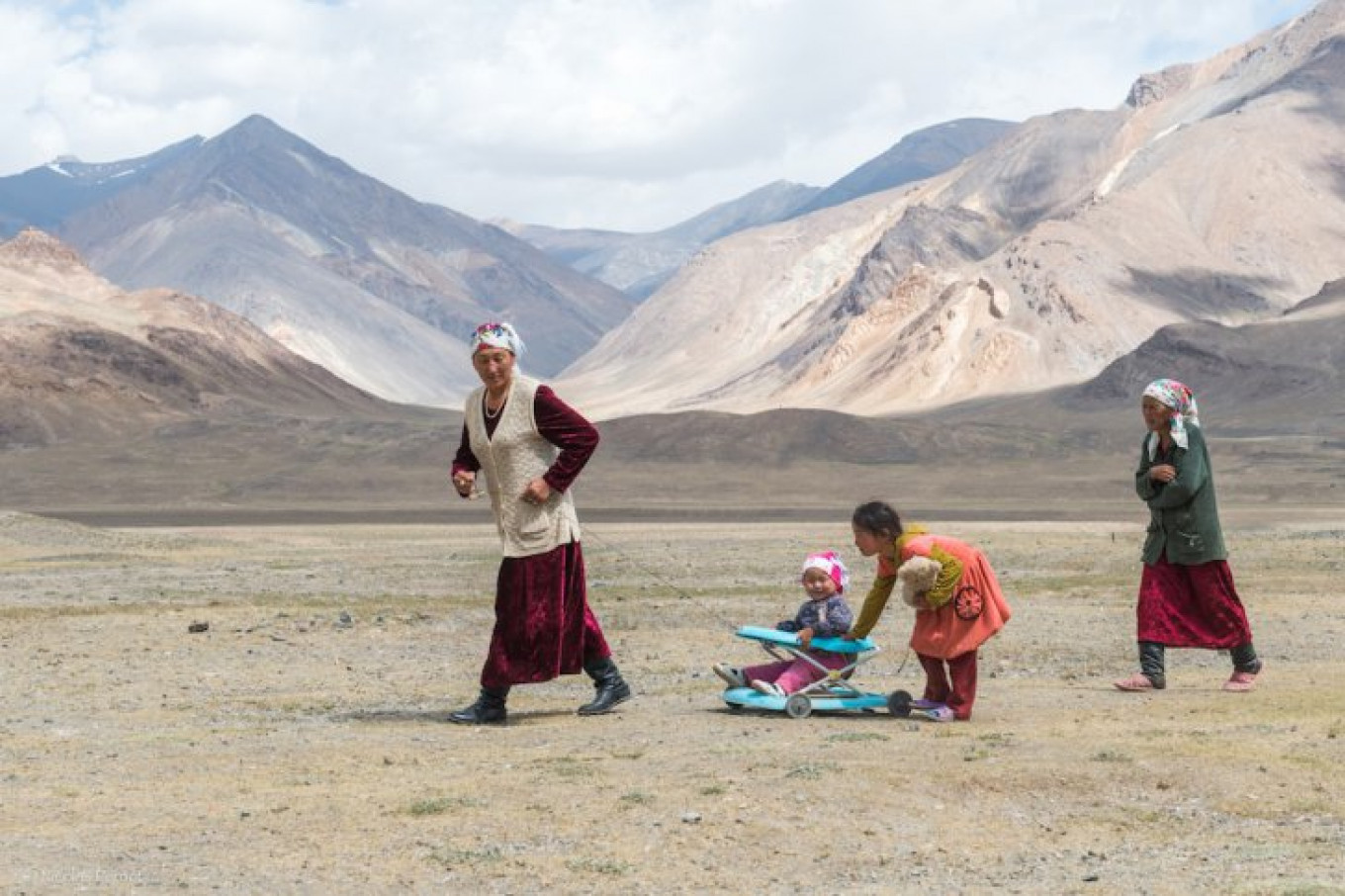
A Tajik family playing with their children.
Nicolas Pernot / www.nicolaspernot.com
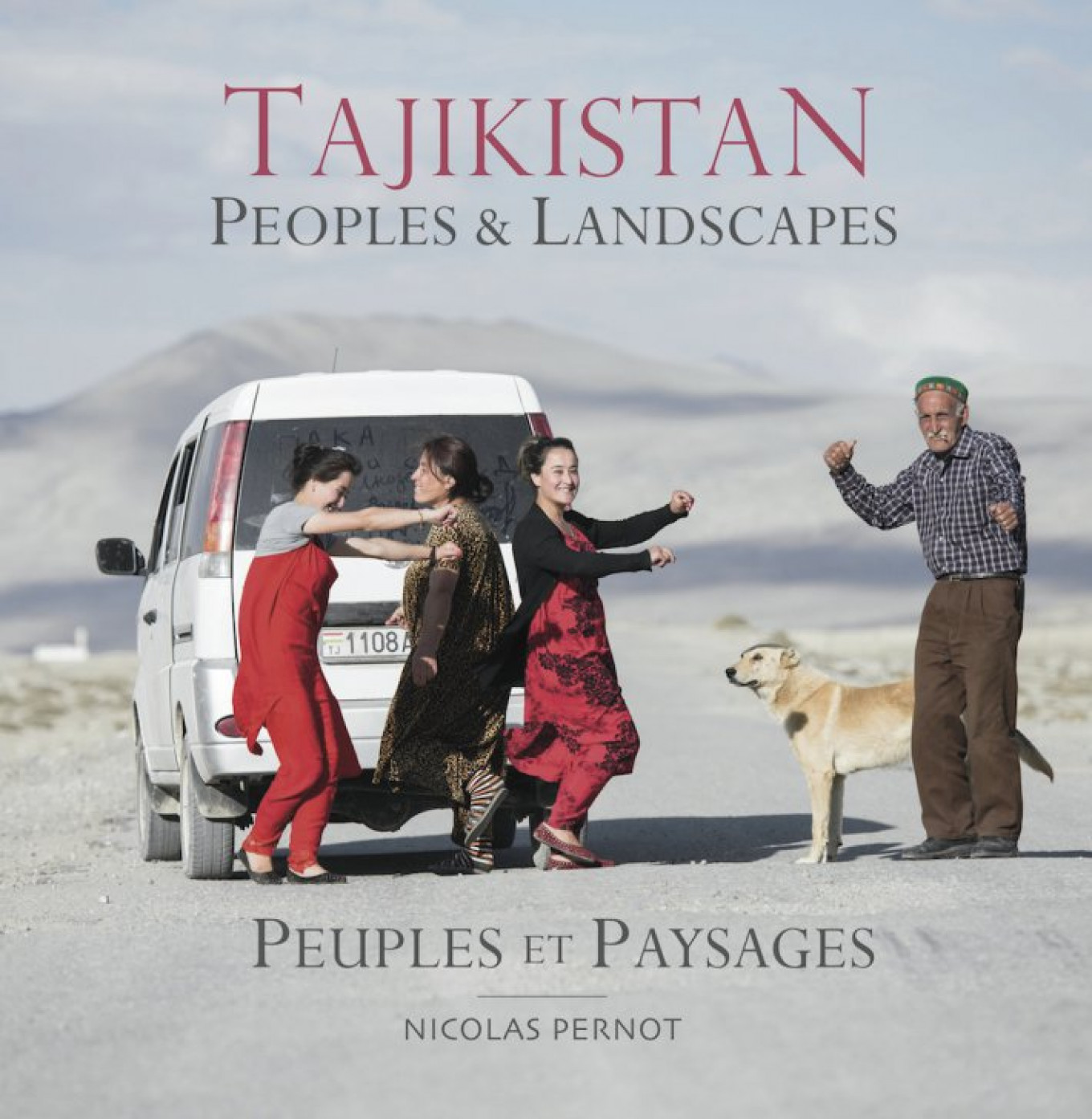
A mini-bus stops for a dancing break in the middle of the Pamir highway, more than 4,000 meters above sea level.
Nicolas Pernot / www.nicolaspernot.com

